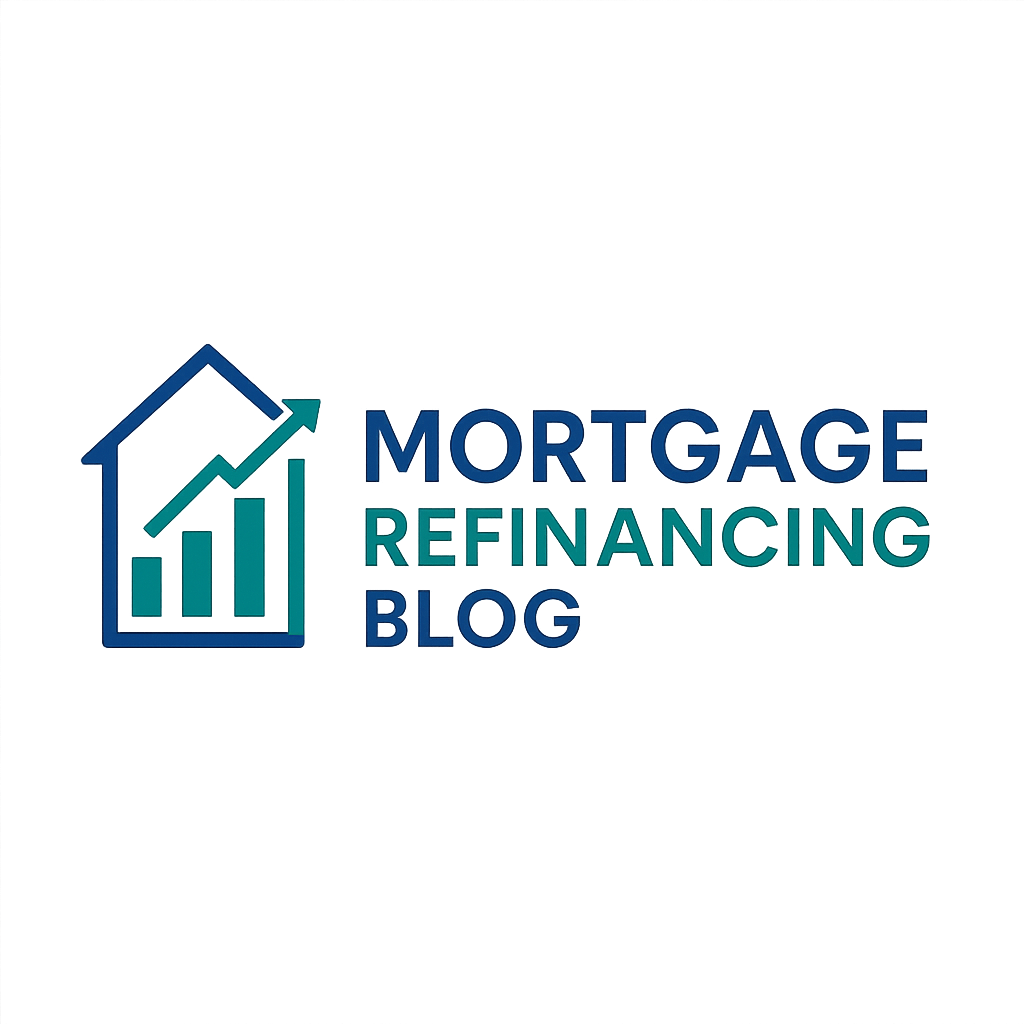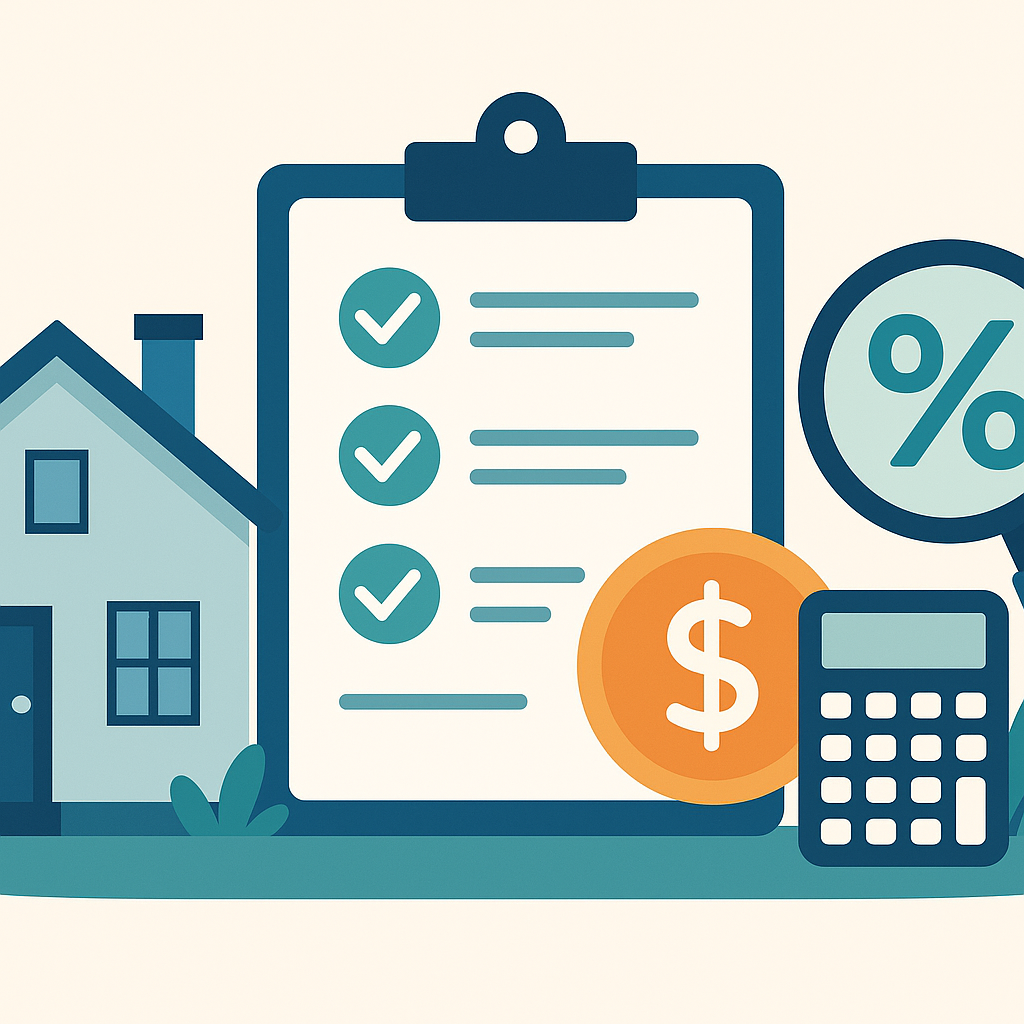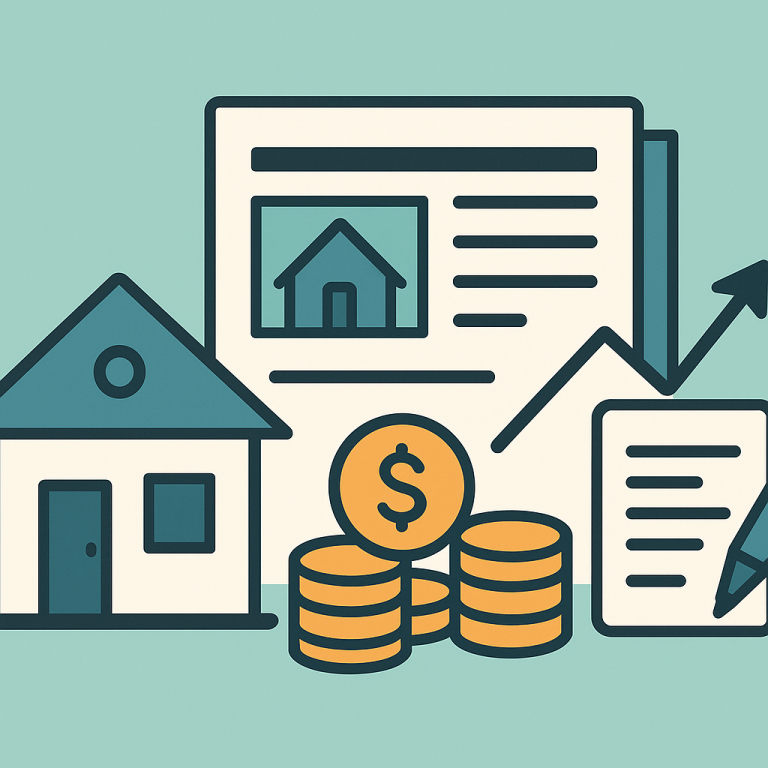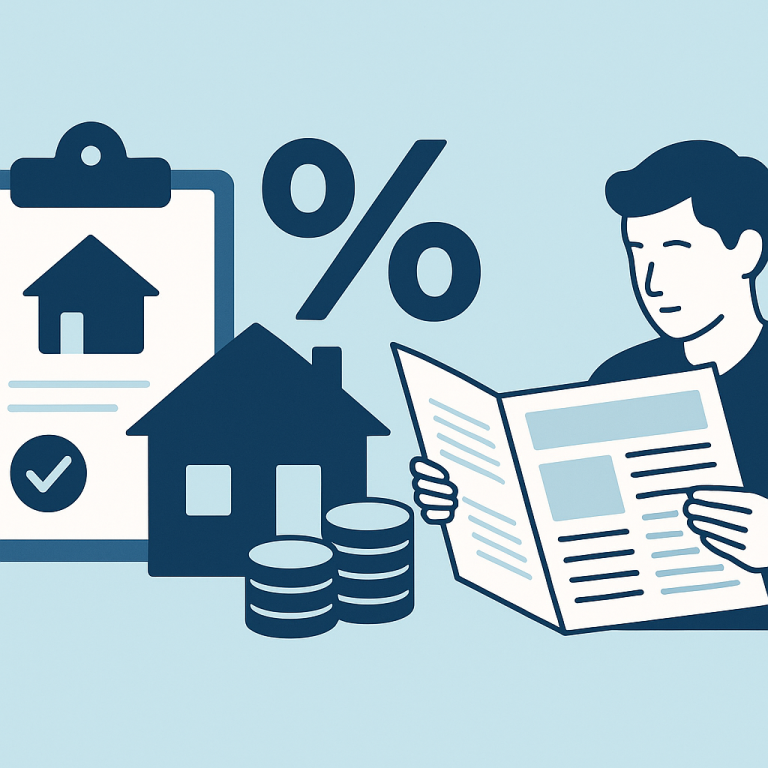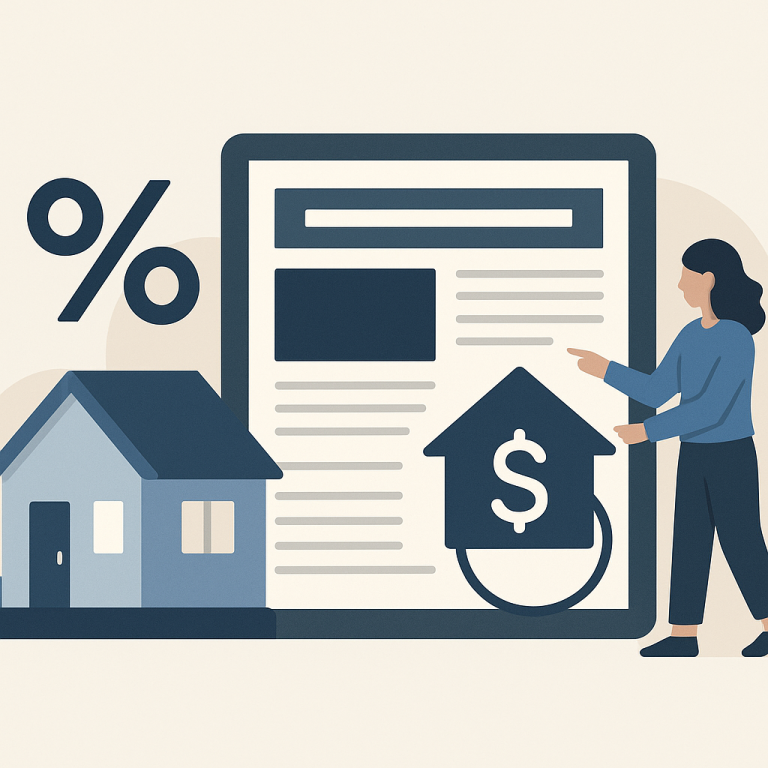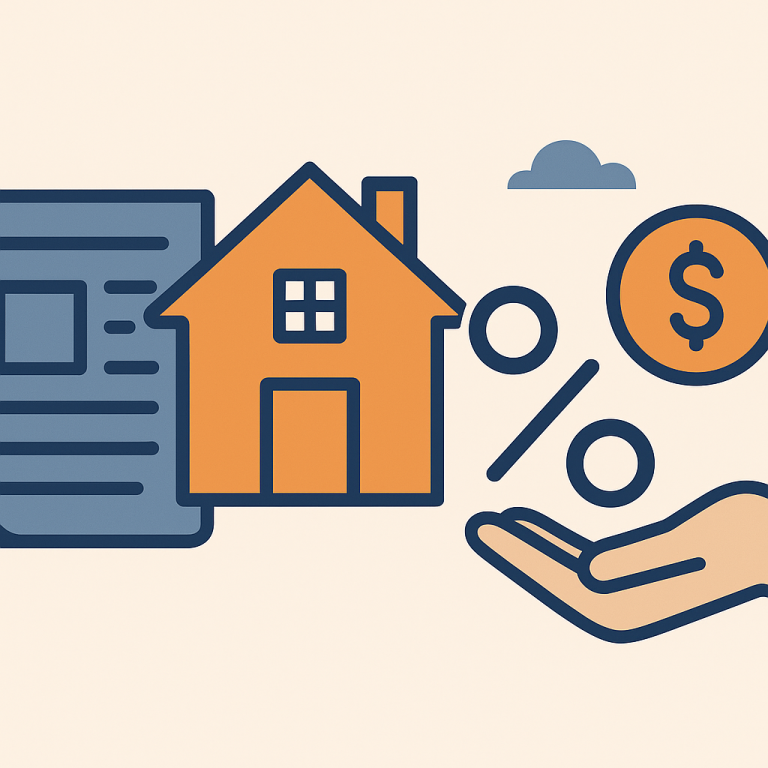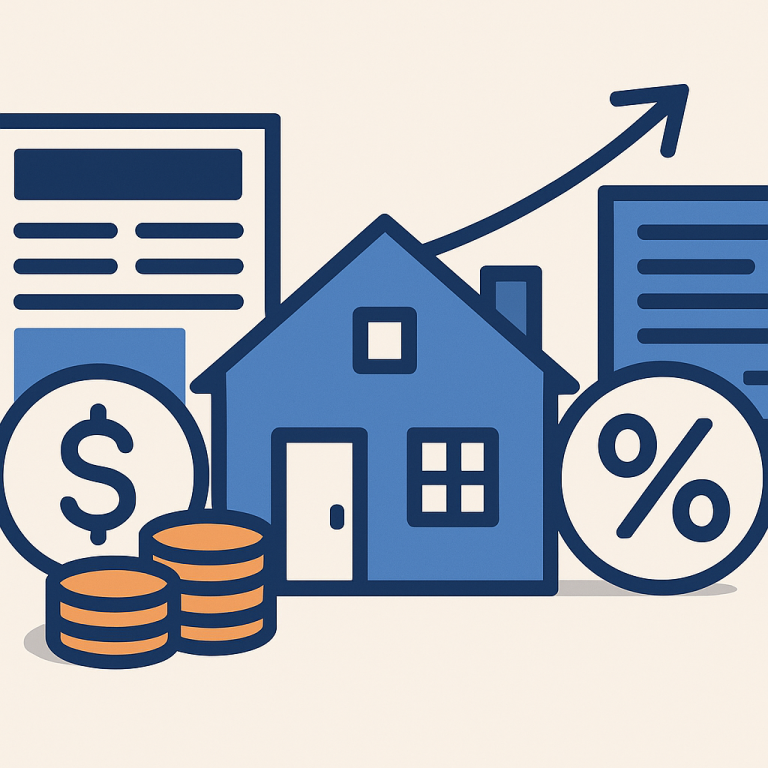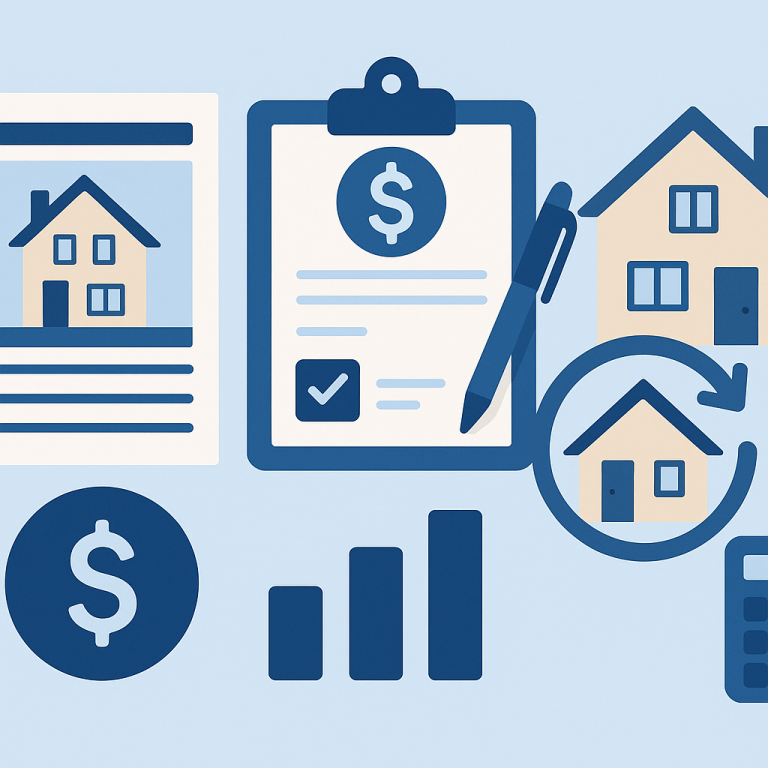Refinance guide cash-out refinance for home improvements
What a Cash-Out Refinance Is — and When It Makes Sense
A cash-out refinance replaces your existing mortgage with a new, larger loan and pays you the difference in cash. You keep a single mortgage payment, but your loan balance increases to include the funds you take out. Typical limits let you borrow up to a certain percentage of your home’s value (loan-to-value or LTV), often 70–80% for primary residences depending on the lender and loan program.
A cash-out refinance makes sense when you have substantial home equity and want one lump sum for large expenses—commonly major home improvements, debt consolidation, or education costs—and when the new mortgage terms (rate, term, monthly payment) are acceptable compared to your current loan.
Benefits and Drawbacks
Benefits
- Access to a large lump sum at mortgage interest rates, which are usually lower than unsecured loans or credit cards.
- Potential to finance home improvements that increase property value and livability.
- Ability to consolidate higher-interest debt into one lower-interest payment.
- Possibility to refinance into a longer or shorter term to lower monthly payments or pay off the loan faster.
Drawbacks
- Closing costs and fees similar to a purchase mortgage (often 2%–6% of the loan amount).
- Resetting the mortgage clock: extending your loan term can increase total interest paid over time.
- Higher monthly payments if interest rates rise or if you move from a low-rate loan to a higher-rate refinance.
- Using your home as collateral increases the risk of foreclosure if you can’t make payments.
Costs and Fees to Expect
Cash-out refinances carry the same closing costs as other mortgage refinances. Common fees include:
- Appraisal fee — to determine current market value.
- Origination fee — lender’s charge for processing the loan (sometimes expressed as a percentage of the loan).
- Title search and insurance — to confirm clear ownership and protect the lender.
- Underwriting and processing fees.
- Prepaid items — homeowners insurance, property taxes, and interest adjustments.
- Recording fees and miscellaneous third-party charges.
Depending on the lender, these costs typically run 2%–6% of the loan amount. Some lenders offer “no-closing-cost” refi options, but those often trade upfront fees for a slightly higher interest rate or roll costs into the loan balance.
Tax note: Under current U.S. tax law, mortgage interest on funds used to substantially improve your primary residence may be tax-deductible, subject to limits. Consult a tax professional for your situation.
Step-by-Step Process
- Assess your equity and goals. Estimate your home’s current value and subtract your outstanding mortgage balance. Decide how much cash you need and why (specific home improvements, a contingency fund, etc.).
- Check eligibility. Lenders evaluate credit score, debt-to-income (DTI) ratio, employment history, and property value. Ensure your documents (pay stubs, tax returns, bank statements) are ready.
- Shop lenders and loan programs. Compare interest rates, LTV limits, closing costs, and whether a lender allows the loan purpose (some government programs have different rules).
- Get a loan estimate. Apply for a loan estimate from multiple lenders to compare the annual percentage rate (APR) and total closing costs.
- Lock rate and submit application. Once you choose a lender and offer, submit a full application and lock in the interest rate if you’re comfortable.
- Underwriting and appraisal. The lender orders an appraisal and completes underwriting to verify income, credit, and title. Respond quickly to any document requests.
- Close the refinance. Review closing documents, sign, and pay any remaining closing costs (unless rolled into the loan). Your previous mortgage is paid off and you receive the cash difference—typically via check or wired funds.
- Complete improvements. Use the funds for your planned projects and keep records of expenses, especially if you intend to claim any tax deductions.
Common Pitfalls to Avoid
- Borrowing more than you need. Taking extra cash can lead to unnecessary interest costs and higher monthly payments.
- Ignoring the break-even point. Calculate how long it takes to recoup closing costs through lower monthly payments or project returns—if you plan to sell soon, a cash-out refi may not pay off.
- Underestimating renovation costs. Incomplete financing can stall projects; get accurate contractor bids and build a contingency fund.
- Overleveraging your home. Leaving minimal equity increases the risk if property values decline.
- Failing to compare options. A HELOC or home improvement loan might be cheaper or more flexible depending on your timeline and interest-rate expectations.
Short FAQ
How much can I borrow with a cash-out refinance?
It depends on lender rules and your property type. For primary residences, lenders commonly allow up to 80% LTV; for example, if your home is worth $400,000 and you owe $200,000, you could potentially refinance up to $320,000 (80% LTV), giving up to $120,000 cash before closing costs.
How long does the process take?
Cash-out refinances usually take 30–45 days from application to closing, but timelines vary by lender, appraisal scheduling, and underwriting complexity.
Should I choose a cash-out refinance or a HELOC for renovations?
Choose based on needs: a cash-out gives a lump sum and typically fixed rates, good for large one-time projects. A HELOC offers revolving access and variable rates, useful for ongoing or phased work. Compare costs, rates, and your tolerance for variable payments.
Will refinancing affect my credit?
Applying triggers a hard credit inquiry, which can lower your score slightly short-term. Additionally, changing your mortgage balance and credit mix can affect your score, but responsible repayment usually results in recovery and potential improvement over time.
META: cash-out refinance, home improvement financing, mortgage refinance, home equity, closing costs, loan-to-value, HELOC, renovation funding
